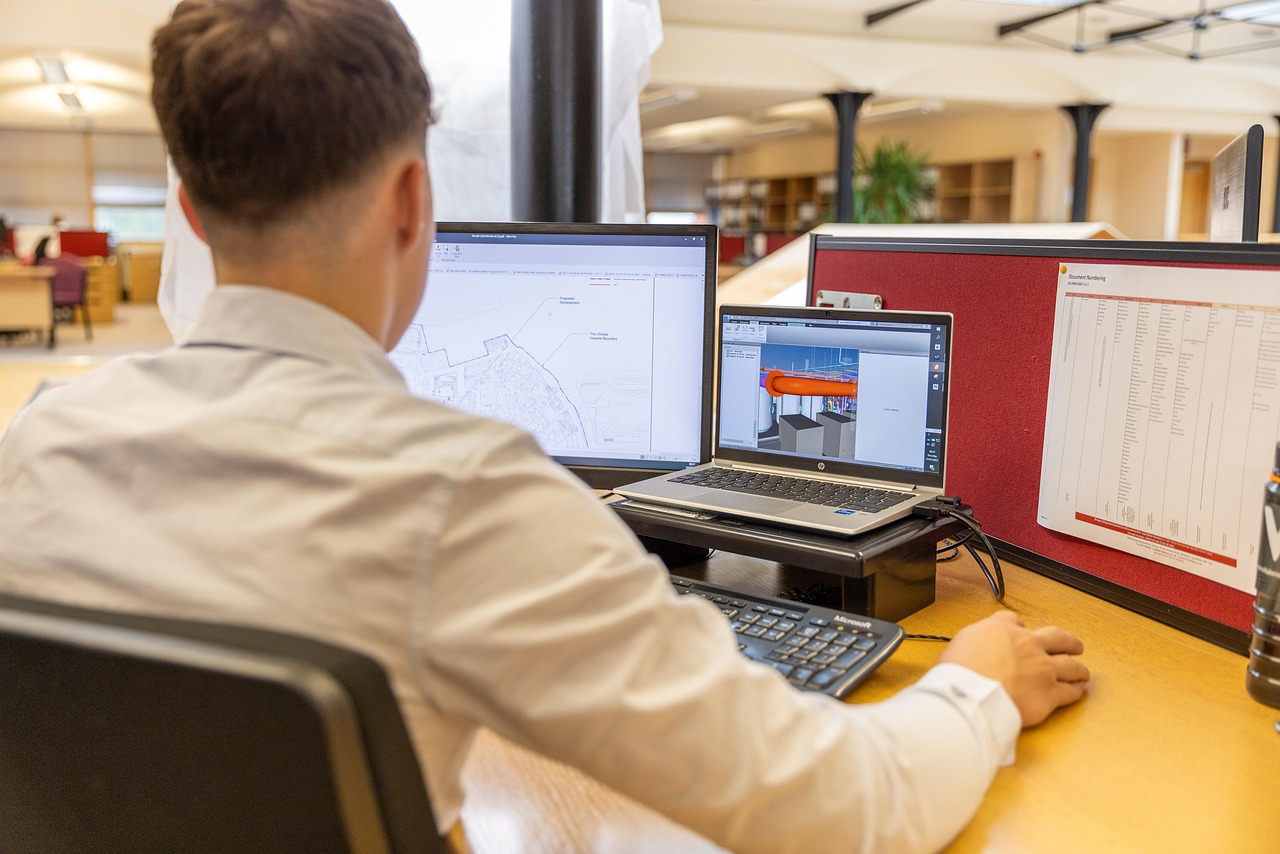AI Calculates Expected Losses Using Real-Time Telemetry

In the rapidly evolving landscape of artificial intelligence (AI), the integration of real-time telemetry data is proving transformative in calculating expected losses across various industries. This technological synergy is not only enhancing predictive accuracy but also enabling organizations to make data-driven decisions with unprecedented speed and precision.
Telemetry, the automated collection and transmission of data from remote sources, has long been a cornerstone in sectors such as aerospace, automotive, and energy. With the advent of AI, the potential of telemetry data has been exponentially amplified. AI algorithms can now process extensive datasets in real-time, identifying patterns and forecasting potential losses with a degree of accuracy that was previously unattainable.
Applications Across Industries
Several industries are harnessing the power of AI-driven telemetry to mitigate risks and optimize operations:
- Automotive: In the automotive industry, real-time telemetry is crucial for monitoring vehicle performance. AI systems analyze data from sensors to predict mechanical failures, allowing manufacturers to preemptively address issues and minimize recall costs.
- Energy: For energy providers, AI models utilize telemetry data from smart grids to forecast equipment failures and optimize energy distribution, reducing downtime and enhancing grid reliability.
- Healthcare: In healthcare, real-time monitoring of patient telemetry data enables AI systems to predict adverse events, thus enhancing patient care and reducing potential liabilities.
Technical Framework
The integration of AI with telemetry data involves several key technological components:
- Data Collection: Sensors and IoT devices gather vast amounts of telemetry data, which is then transmitted to central data repositories.
- Data Processing: AI algorithms, often powered by machine learning, process this data to identify patterns and predict potential losses.
- Decision-Making: Based on AI analysis, organizations can make informed decisions to mitigate risks and optimize operations.
Real-time telemetry data feeds into AI systems via advanced data pipelines, ensuring that information is both current and comprehensive. Machine learning models are trained on historical data to improve their predictive capabilities, enabling them to recognize anomalies and forecast outcomes with greater accuracy.
Global Context and Challenges
Globally, the adoption of AI-powered telemetry is on the rise. According to a report by MarketsandMarkets, the AI in the real-time telemetry market is projected to grow significantly over the next five years, driven by increased demand for efficiency and risk management solutions. However, the integration of these technologies is not without challenges.
Data privacy and security remain critical concerns, as the collection and analysis of vast amounts of telemetry data could potentially expose sensitive information. Organizations must navigate complex regulatory landscapes to ensure compliance with data protection laws such as the General Data Protection Regulation (GDPR) in Europe.
Moreover, the successful implementation of AI-driven telemetry systems requires substantial investment in infrastructure and expertise, which can be a barrier for smaller enterprises. Despite these challenges, the potential benefits of AI in calculating expected losses using real-time telemetry are compelling, offering a competitive edge to those who can effectively harness its capabilities.
Conclusion
The convergence of AI and real-time telemetry is revolutionizing how industries approach risk management and operational efficiency. By enabling precise loss calculations and proactive decision-making, this technological advancement is paving the way for more resilient and agile business strategies. As AI technology continues to evolve, its integration with telemetry data will undoubtedly play a pivotal role in shaping the future of industry practices worldwide.














